
Fictional characters often serve as stepping off points for us to better understand both ourselves and the people around us. After all, Rodion Raskolnikov’s moral struggles in Dostoyevsky’s “Crime and Punishment” has been known to give readers a more impactful insight into depression than many a psychology textbook. The more vivid, specific and intimate a character’s development is, the greater the chance for them to teach us about sides of humanity we may never have been privy to.
The following list celebrates the most complicated of cinematic characters, ones that can get under our skin in one scene and have us weeping for their plight the next. Many of these individuals are not written to be understood in a single viewing and some are designed to be enigmatic forever.
These characters often haunt and terrify us, yet it is precisely because they have such strange motivations and behaviors that we keep coming back to them with the chance to immersive ourselves in their perspectives too tantalizing to forgo.
10. Iwao Enokizu (Vengeance is Mine)
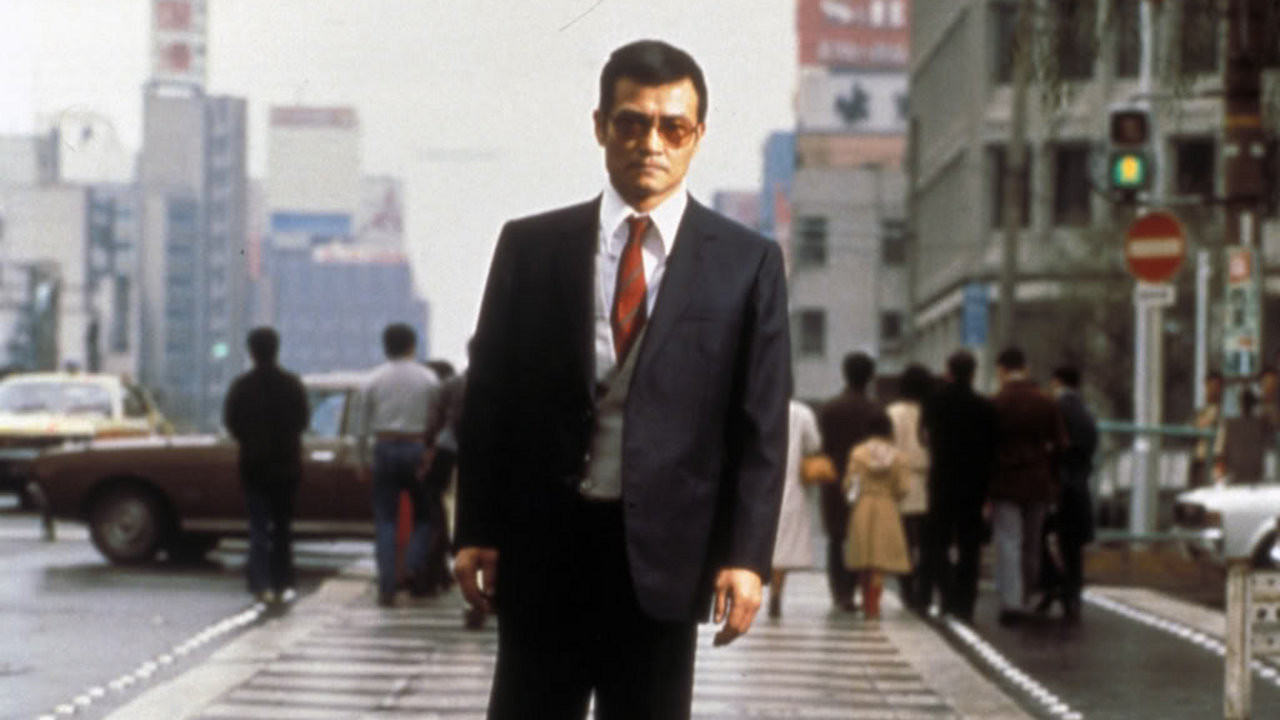
It’s a tad depressing that we have gotten to a point in pop culture where something as terrifying as a serial killer can be distilled to a tired stereotype. Whether it is the sweaty nerd with wire-rimmed glasses or the handsome psychopath whose technique with a machete is as skilled as his love making, the image of the serial killer is becoming too familiar in the movies.
Enter Iwao Enokizu in Shohei Imamura’s “Vengeance is Mine”, whose approach to killing is more mundane and random compared to the traditionally theatrical cinematic serial killings thus making him all the more fascinating for it.
Enokizu’s reasons for violence are not spelled out in monologues or even given much credence, as writer/director Imamura challenges the audience to decide for themselves what killing means for the protagonist. We do get important details such as seeing Enokizu’s father being belittled by a soldier, and young Enokizu’s subsequent rage towards his emasculated parent. Furthermore, Enokizu can’t hold a job, finish school, or even have a healthy romantic relationship with his wife even trying to sexually engage his own father.
With these elements, Enokizu is shown to be spiritually broken, with random killing becoming the only thing that gives him a semblance of meaning, though even that has its limits. When Enokizu kills it is either very dry or happens off-screen, an example being the body of a lawyer Enokizu randomly met on a train showing up in his closet. Imamura’s matter-of-fact attitude towards these deaths indicate that for Enokizu, murder is as plain and necessary as eating or sleeping.
Enokizu is a difficult character to grasp because he almost never shows the audience or other characters his true colors, either through disguises, personas, or general social ambivalence, with moments of rage being the only indicators he was ever “human” to begin with. He showcases how the scariest of characters can often be those that engage in evil as a means of survival and autonomy and that for some, carnage and human suffering are preferable to inconsequentiality.
9. Karol Karol (Three Colours: White)
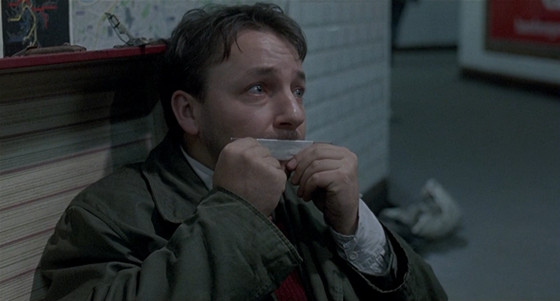
Krzysztof Kieslowski is not often known for being a comedic writer yet Karol Karol, his protagonist in “Three Colours: White” is one of the best cinematic jesters ever. He is a human roach who drags himself from nothing to glory, all to take the piss out of his ex-wife. Yet how can we blame Karol for his “Count of Monte-Cristo”-esque quest for vengeance when his wife Dominique steals his entire livelihood, leaving nothing but his incredible durability and a harmonica.
“Three Colours: White” represents the French Revolutionary ideal of “equality”, whereby Karol wishes to inflict an equal amount of pain and indignity onto Dominque as she did to him.
Throughout much of “White”, Karol is shown to expertly channel his misery and wretchedness into superhero-like cunning; from sneaking himself into Poland within a suitcase to conning gangsters out of a piece of valuable land. This scheming is all in service of getting revenge on his ex-wife, ultimately framing her for his “murder” at the end of the movie. Yet Karol is by no means a villain with his sense of empathy often bursting through his malicious machinations.
Karol only tricks people who belittle him, as he can go so far as to single-handedly improve the lives of those who help him in his tribulations. A powerful scene in “White” involves Karol’s friend Mikolaj asking Karol to kill him. Karol shocks Mikolaj’s senses by initially shooting him with blanks, asking Mikolaj if he REALLY wants to die, to which Mikolaj shakes his head “no”.
It is easy to overlook how much love and compassion is truly within Karol given his penchant for criminality and elaborate trickery. Even when he finally succeeds in humiliating Dominque, the last shot of “White” involves Karol crying at the site of his ex-wife in prison. Karol may have the skills and tenacity of a criminal genius yet his powerful sense of love holds him back from pure ruthlessness.
8. Xiao Si’r (A Brighter Summer Day)
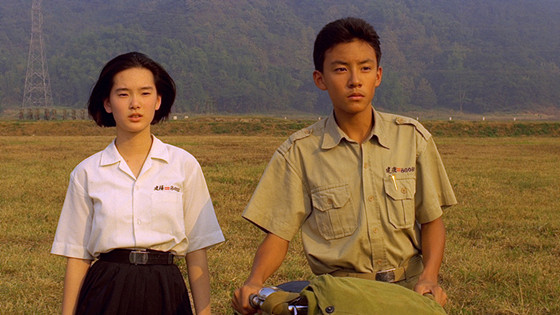
A cripplingly tragic character, Xiao Si’r showcases how youth’s chaotic, borderline animalistic nature can corrupt it’s hunger for identity and companionship. An immigrant from mainland China Si’r struggles to find his footing in Taipei being saved from gang association thanks to a blossoming relationship with a girl named Ming. Yet Si’r gradually starts to view Ming as his panacea, his relationship to her ultimately mutating into obsession which in turn poisons his friendships and family life given Si’r’s impulsive tendency to view others as a threat to his “love.”
Xiao Si’r is one of the most fully realized teenagers ever put to film as writer/director Edward Yang imbues him with intense anxiety, confusion, and anger, unsavory yet essential elements in a young person’s development. Si’r stands between the violent madness of the Little Park Boys and Ming’s accelerated emotional maturity.
However, because of his psychologically amorphous nature (befitting of most teens) he cannot ground himself in any core values or connections to others, eventually giving in to emotional volatility. Si’r’s angst gradually compels him to see Ming as more of an idea and a way of life than an actual person, and his dehumanization of her ends up having tragic consequences.
Xiao Si’r’s arc showcases a refreshingly grotesque vision of growing up, where one must learn to channel their innate human chaos into something worthwhile. Sir’s friend Cat channel’s his chaos into music, while Airplane, a former gang-member who sees the deadly consequences of giving into chaos, focuses on his studies.
Si’r never finds peace and his fate at the end of “A Brighter Summer Day” indicates that he may never get the chance to. His complicated story can compel us to remember how we ourselves we’re dueling with extreme emotions naturally arising from growing up and realize how frighteningly easy it would have been to let them consume us.
7. Griffin Mill (The Player)
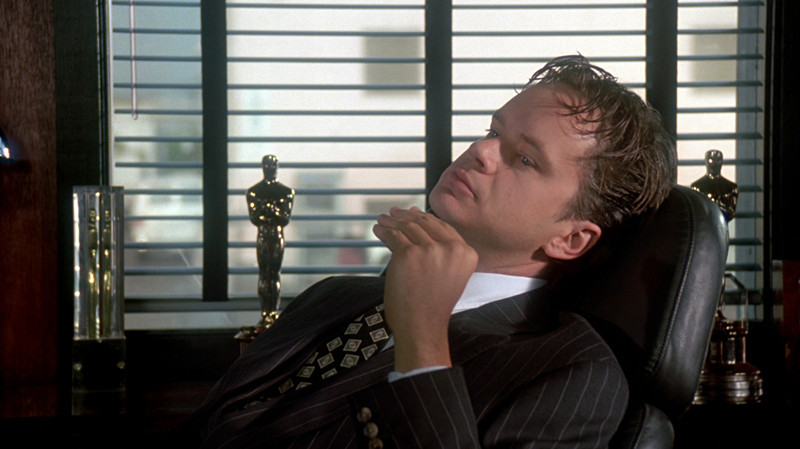
In another movie Hollywood producer Griffin Mill could have been a Megan Ellison-esque savior of arthouse and independent cinema, investing his resources into uplifting new and challenging artists. Alas, the instinct for survival often overwhelms benevolence and artistic integrity as Griffin slithers into the shadows of yuppies and award season parties in order to avoid being charged for murder. And, as with most real life white-collar criminals, Mill gets away with it all.
At his core, Mill is just trying to keep his financial security as a big-shot Hollywood producer. His general ruthlessness when interacting with screenwriters is a matter of protocol; a major motion picture studio can only make so many movies a year. Nonetheless, Mill does his best to try to make peace with a disgruntled screenwriter after receiving death threats integrated with movie memorabilia.
Yet the screenwriter’s fevered ego inevitably leads to a fight, to which Mill ends up drowning the poor wannabe Tarantino. The murder hangs over Mill like an un-washable stink as he tries to go about his bureaucratic routine which includes hearing movie pitches, playing the uppity corporate game, and even courting the dead screenwriter’s girlfriend.
Griffin Mill, despite his status, is not presented as a yuppie-demon like Patrick Bateman or a voracious capitalist like Gordon Gekko. He is just trying to survive in hellish Hollywoodland, and in many ways, his behavior throughout the film can come across as pragmatic given his fatalistic choices. The best one can do after committing a crime is not to draw suspicion, go about one’s routine, especially if that routine involves the killing of artistic dreams and smelling celebrity farts.
Yet Tim Robbins’ performance coupled with Michael Tolkin’s brilliant script hints that perhaps Mill has grown weary of the Hollywood game, particularly the fakery of it all. At one point, sadness can be faintly detected in Mill’s voice as he describes his position as producer and his inevitable duty of rejecting screenplays.
However, Mill is too far gone, and coupled with his murderous actions, must play his part as a cog. The Hollywood system of commercialism over genuine expression must continue with Mill’s arc being nothing more than a symptom of that harsh truth.
6. Laura Palmer (Twin Peaks: Fire Walk with Me)
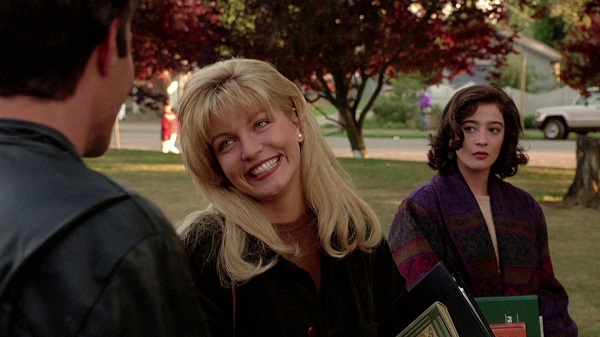
Few movies have portrayed just how deeply the hell of sexual and psychological abuse cuts into a person as David Lynch’s “Twin Peaks: Fire Walk with Me.” Laura Palmer’s arc in the movie showcases the many ways in which trauma is manifested; from Laura’s impulsive behavior ala drug-induced partying, to manic depression and extreme self-hatred, all of which are hidden through a fake “popular girl” persona.
Laura’s victimization, brought about by being raped by her father since age 12, is incredibly painful to witness given how she is inevitably consumed by her torturous existence, setting in motion the “Twin Peaks” mythology as a whole. All we can do as an audience is bear witness to how far Laura’s trauma will go given how we know from the get go that she will never be saved with revelation or salvation.
It is Lynch’s attention to detail weaved with Sheryl Lee’s magnificent performance that allows us to be so expertly immersed into Laura’s suffering. Lee gives blood and bone in her acting, the character’s psychological aches coming across both in moments of extremeness and mundanity.
Furthermore, Lynch’s patented dream-like direction is put to horrific use to the point where “Fire Walk With Me” feels like a constant fever dream the more viciously we plunge into Laura’s perspective.
Over the years, Laura’s torment becomes an essential part of her identity. Her spirit is broken by her routine of school, intense fear, incest, and substance abuse, thus becoming unable to form a connection with any other human being. The only people “close” to her are her monstrous father and his demonic familiar KILLER BOB, with everyone else being subjected to fakery, anger or pained sadness.
Laura is forever alone in her miasma of torture hidden under the veneer of a perfect looking Norman Rockwell family. Her death at the hands of KILLER BOB, though tragic, is treated as a release as Laura’s last scene in “Fire Walk with Me” involves her being comforted in the afterlife. The complexity of Laura’s trauma will leave many shaken and in turn may lead us to more effectively empathize with those we know or believe are going through similar horror.